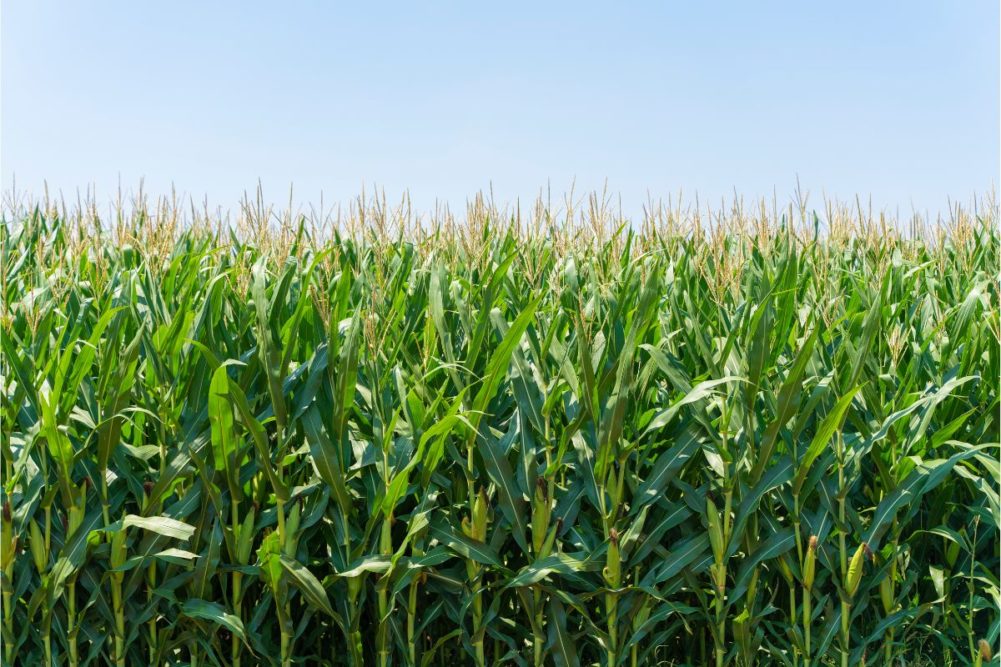KANSAS CITY, MISSOURI, US – Short covering by funds, in the absence of new bearish news, sparked a small-scale recovery in maize (corn) prices, following recent declines.
The European Confederation of Maize Production (CEPM) in its March 19 Corn Market publication said, “US maize prices continue to consolidate with a second consecutive week of gains, following 10 weeks of continuous declines between early January and Feb. 20. This is due to a more cautious attitude on the part of non-commercial funds, which are covering part of their short positions in the absence of any new bearish element on fundamentals, and ahead of the Brazilian harvest and US plantings.”
CEPM, which is based in southwest France, called the March USDA World Agricultural Supply and Demand Estimates (WASDE) report “rather neutral, with the US balance sheet for the 2023-24 marketing year unchanged from February, whereas operators were expecting a slight drop in stocks (55 million tonnes).”
It also raised the prospect of a decrease in Ukrainian maize production in 2024.
“Like the government, Ukrainian producers are expecting a drop in maize acreage in favor of soybeans in 2024-25,” CEPM said. “According to the UGA (Ukrainian Grain Association), this is due to cash shortages, difficult access to credit and low prices.”
But CEPM explained that in a similar context such forecasts were contradicted last year, with maize acreage in 2023 relatively stable compared to 2022. It also said that the March WASDE report had included a downward revision in Ukrainian production for the current season by 1 million tonnes, to 29.5 million, but with exports revised up by 1.5 million tonnes, to 24.5 million, because of “the good performance of the maritime corridor.”
CEPM’s report included a complaint that the planned extension of EU trade concessions to Ukraine, for a year beginning in June, did not include a “safeguard mechanism” for grains. A deal between the EU’s Member States and its parliament on the new law, reached on March 20, inserted such a clause, but in a joint statement with other sector bodies, the maize sector group described it as “pure window-dressing,” likely to have no practical effect.
The International Grains Council (IGC), in its March 14 Grain Market Report, said maize prices had increased by a net 2%, with modest increases across all origins, after a sharp fall the previous month. The decline, which was “tied to an overall comfortable global supply outlook and USDA’s bearishly interpreted tentative projections for 2024-25,” was subsequently reversed on bouts of speculative and technical short covering, the IGC said.
“While occasional support stemmed from a healthy pace of export sales, traders also noted increasingly strong competition from Ukraine,” the IGC said.
Firmer prices at Ukrainian ports were “underscored by steady buying interest, including from China, the EU (Spain) and Turkey.” Barley was down by 3% month-on-month, reaching a three-and-a-half year low, amid declines at most origins, while sorghum was mixed.
The most actively traded US oats futures (May) contract firmed modestly month-on-month, the IGC said, while a rise for Australia reflected currency movements. Prices in Canada were “weighed by subdued demand and spillover pressure from other grain markets.”
Rye prices in Germany fell to the lowest level since May 2020. Cash prices in Russia held broadly steady, but remained largely nominal, the IGC said.
Chris Lyddon is World Grain’s European correspondent. He may be contacted at: cajlyddon@gmail.com.




